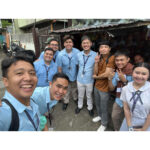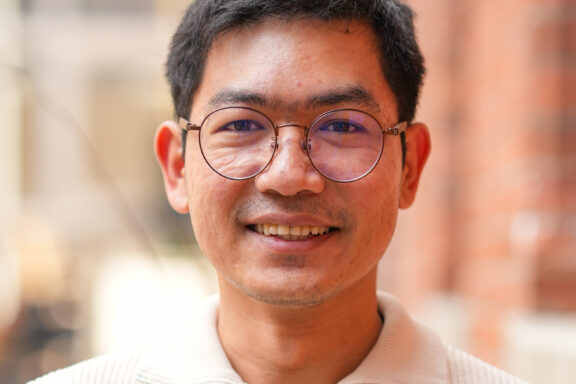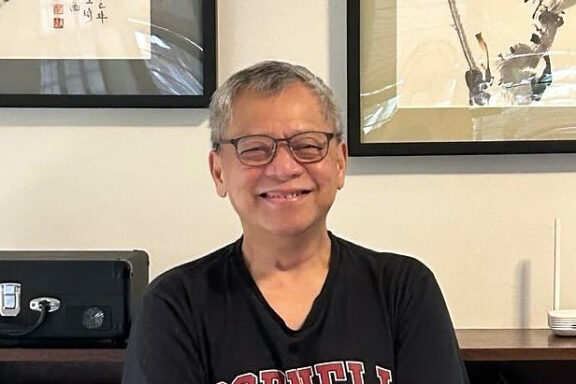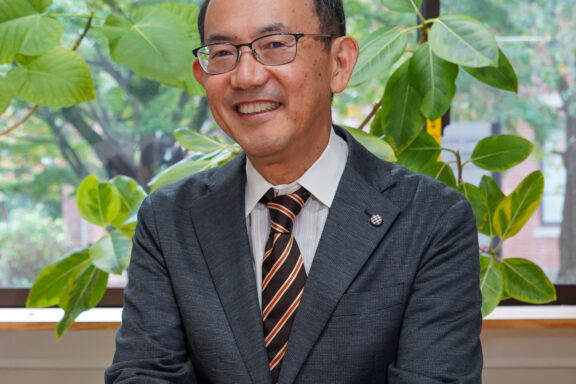Interview with Genta Kuno
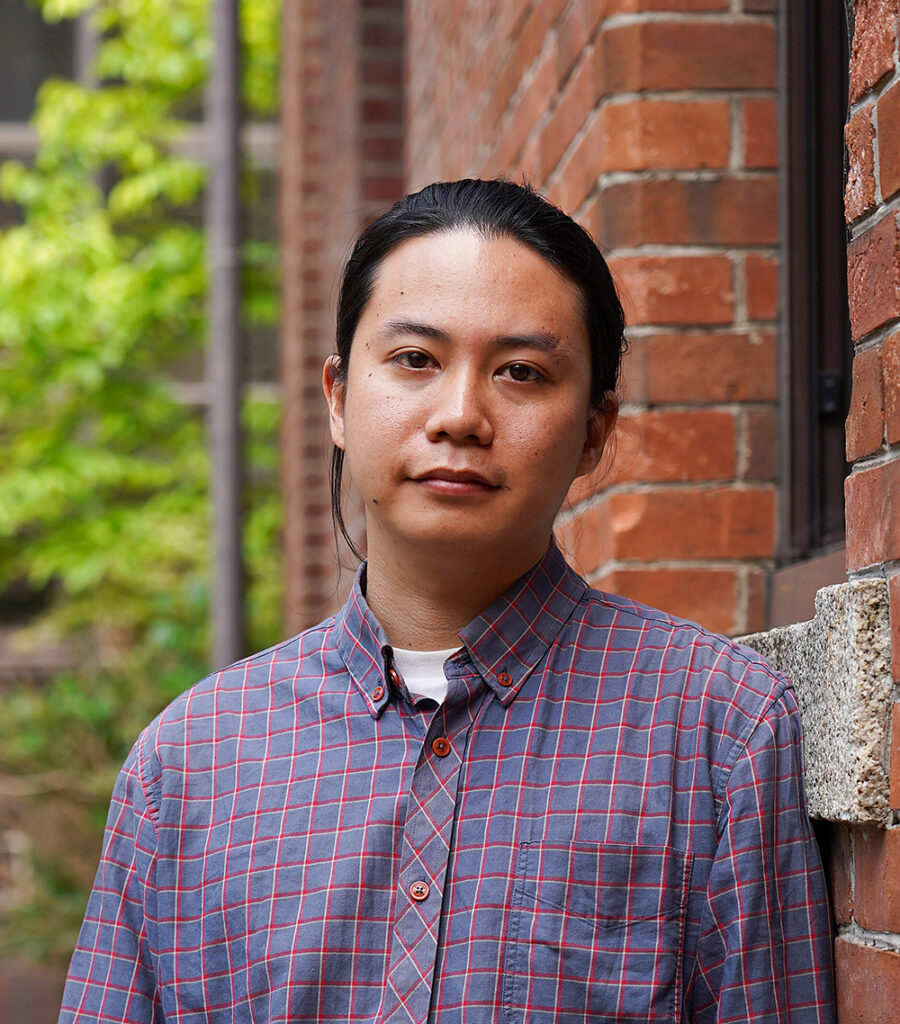
Bio
Genta Kuno. Researcher at the Center for Southeast Asian Studies, Kyoto University. After a JSPS Research Fellowship (DC1), he received his PhD from the Graduate School of Asian and African Area Studies, Kyoto University, and he has been in his current position since December 2023. He specializes in urban studies, sociology, and contemporary Indonesian politics. His major publications include “Geography of Insecurity in Contemporary Jakarta: Cross-Class Spread of Residential Street Barriers.”
As the economic and political center of Indonesia, Jakarta has been a large city with a population exceeding 10 million people. To understand the realities and changes in the livelihoods of Jakarta’s residents, Genta Kuno has conducted extensive data collection and field research on a metropolitan scale. He believes that the key to reading the city lies in the built structures and tools found throughout the streetscape.
──Please tell us about your research.
Jakarta is a complex city of many faces. It features densely populated and incrementally built settlements, or kampungs, alongside sophisticated planned housing estates, malls, and office compounds. As the hub of Indonesia’s economic and political activity, Jakarta has been at the center of social changes ranging from democratization and decentralization to the more recent onset of digitalization. With the growth of the middle class, nowadays one cannot solely distinguish a person’s socioeconomic background by their place of residence, as previously deprived kampung residents now live in conditions that, to some extent, resemble those in more affluent areas. Still, urban problems resulting from infrastructure deficiencies, such as flooding, traffic, and crime, intersect with each other and affect all segments of society.
As a way to understand the consequences of the multifaceted changes affecting Jakarta, I have been intrigued by observing what kinds of threats city dwellers face and how they respond to them. Throughout my previous research, I have explored the practice of installing barriers at the entrances of residential streets, a measure adopted by numerous communities in Jakarta. These residential street barriers, varying in form, are utilized by communities for purposes ranging from crime prevention and traffic control to virus mitigation. However, there has been little investigation of the specific locales where such tools are commonly implemented and how many communities have adopted these security measures. To address this gap, I organized a team to conduct virtual fieldwork using Google Street View, tracking residential streets in Jakarta. We systematically examined each location marked with a “barrier” tag in OpenStreetMap, an open-source database of various built features in cities worldwide.
Concurrent with this massive data analysis, I also conducted fieldwork to delve into the practical uses of security devices employed by communities in Jakarta. While the securitization of neighborhood spaces by gates and other security features is typically associated with affluent lifestyles, my findings indicate that the practice of installing gates for security purposes is prevalent across different urban settings, from kampung and housing estates to inner and outer city areas. In my current research, I am examining how security devices such as CCTV cameras, street barriers, speed bumps, and guard posts spread throughout the city, not only in detached houses, but also in rental housing and even on the periphery of the Jakarta metropolitan area.
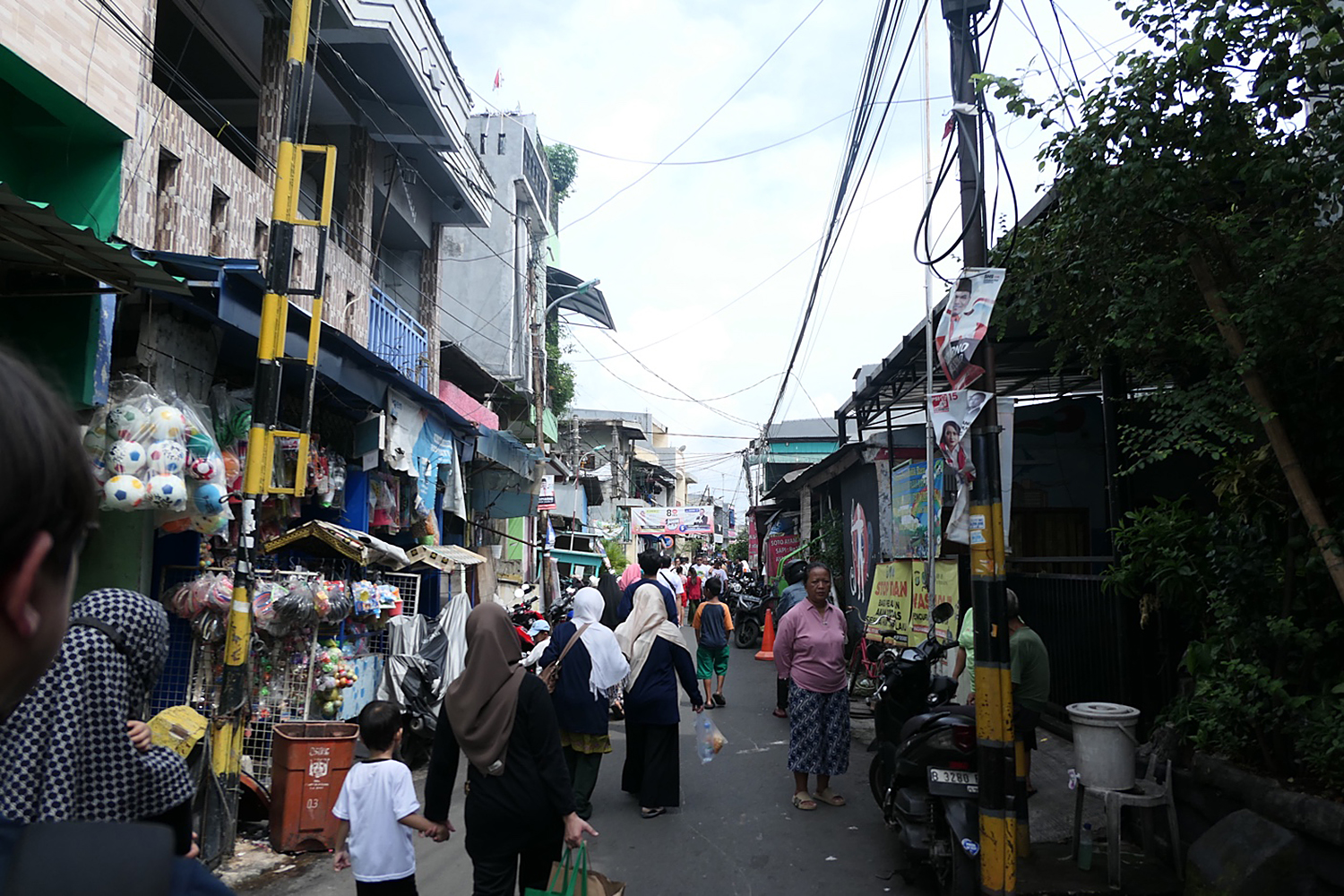
──Can you share with us an episode about any influential people, things, and places you have encountered whilst doing your research?
In Jakarta, my research often involves exploring the city both night and day. Bustling residential areas during the day become quiet, with streets closed off by gates and guards stationed in guardhouses. The spaces such as the guardhouse are sometimes filled with groups of youth deeply engaged in games on their mobile phones. Many of them pay subscription fees or participate in betting activities via informal stalls that offer top-up services and money transfers on multiple platforms. If asked, only a few do not believe in the local legends of ghosts, which are said to still haunt residents who walk alone near a local sacred well. During the day, public buses carrying commuters pass through bus lanes, but at night they are replaced by special vehicles that spray water on street trees and street cleaning vehicles. In this quiet atmosphere, some people earn a bit of money by patiently waiting at intersections for the occasional passing vehicle and guiding them to make a U-turn.
Regardless of timing or coincidence, observing these scenes of the city and the lives within it never fails to profoundly influence me. But, if I must mention one personal incident, it would be unexpectedly witnessing a sudden hospital occupation. That evening, I was meeting with the head of a community organization in Central Jakarta, discussing local COVID-19 measures. As our interview concluded and we chatted in the office, a committee member rushed in with shocking news: a local elderly man had died in the hospital, and she needed the leader’s presence to negotiate the body’s release. We quickly headed to the hospital, where a large crowd had gathered at the entrance. At first glance, dozens of residents and at least thirty motorcycle taxi drivers of ride-hailing app (such as Gojek and Grab), friends of the deceased’s family, were protesting the hospital’s refusal to release the body. The situation was chaotic: with the hospital strongly recommending a special funeral for the COVID-19 victim with no proper Islamic procedure, more residents gathered to protest. The community leader intervened and, eventually, the arrival of the police calmed the mass. The immediate family were given two options. The first was to follow the hospital’s directive, in which the hospital would store and transport the body and only the family would attend the funeral. The second option was to quarantine after conducting the funeral according to Islamic practices (viewing the body, keeping it at home, washing, and praying before transportation to the cemetery). However, it was quite surprising that despite the turbulent mass protest, the final decision of the family was to follow the first option. This event continuously reminds me of the importance of understanding how such collective action swiftly arises and dissipates, shaping people’s lives in the process.1
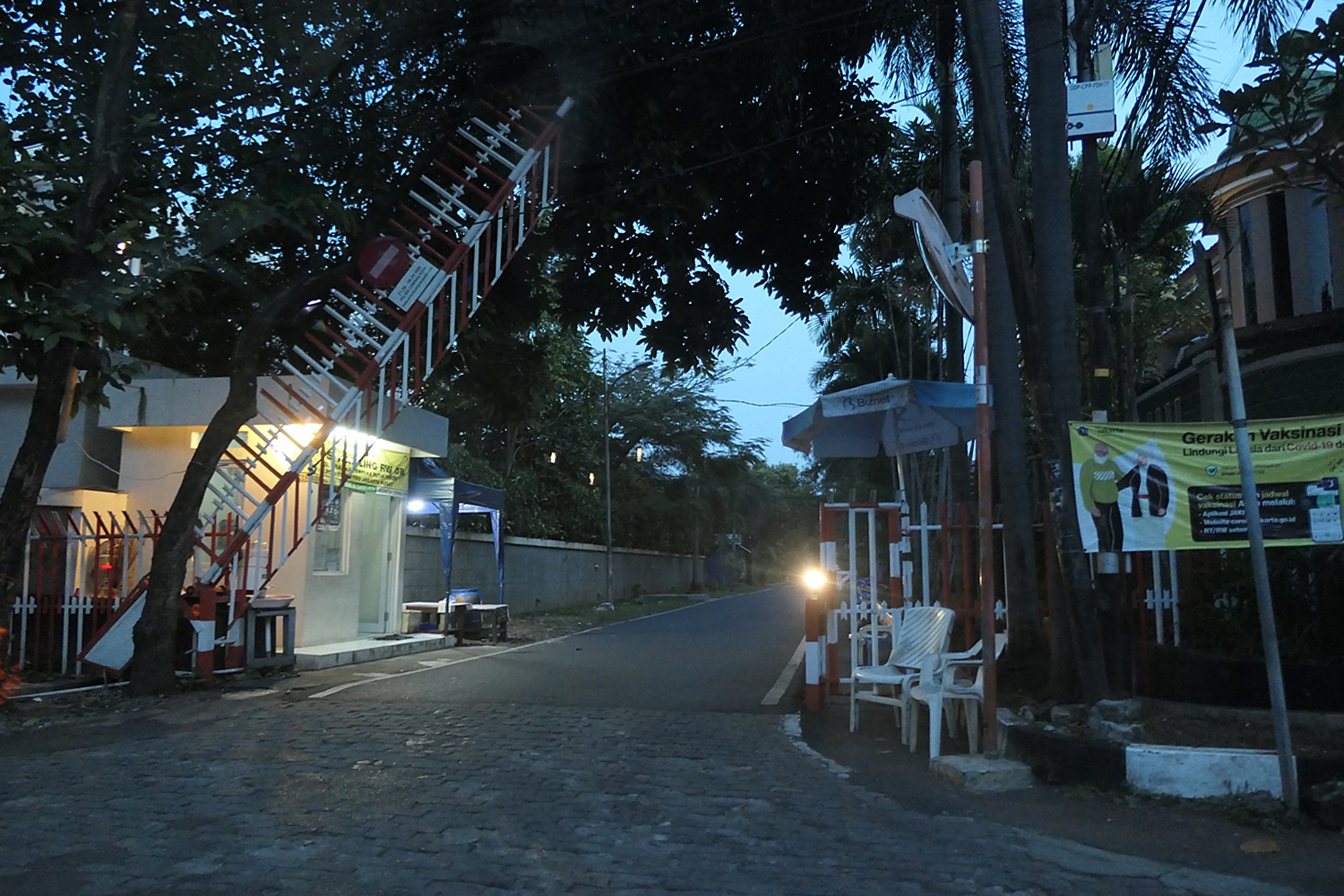
──How do you overcome the difficulties in putting together the results of your research into a research paper or book?
I have never felt successful in overcoming this difficulty. Initially, my interest was solely in the roles of community and resident associations in urban settings. Now, I have shifted my focus to crime prevention tools, and recently, I have begun to explore cohabitation and privacy awareness in living spaces. Whether by choice or not, personal interests and curiosity continue to expand. However, perhaps, individual time and energy are finite. This motivates me to finish the work started and produce some outputs from the work conducted.
──Do you have any must-have gear for field research and writing?
For field research, the most essential item to carry is likely a phone, as it facilitates many things, from appointment to accommodation. Secondly, it is crucial for me to have a bag that allows me to put all my belongings in one place. Thirdly, sandals are preferred for their comfort and durability against sudden rain. Additionally, if time and budget allow, I try to have a personal mode of transportation, like a motorcycle. For writing and analysis, the laptop is the must-have gear.

──Do you have any essential reads (books) that you can recommend to younger people?
Sometimes we read broadly, and other times we focus on specifics. There are moments for quick reading and for deep reading. It is best if you can balance these modes. If I had to recommend one book, since understanding history is essential for researchers in various fields, I would suggest Anthony Reid’s 2015 book, A History of Southeast Asia: Critical Crossroads.
(May 8, 2024)
Note
1 For a discussion of how the residents of Jakarta responded to the COVID-19 pandemic, see. Genta Kuno, “Neighborhood Lockdown as the New Normal? Jakarta’s COVID-19 Experience” (“Corona Chronicles: Voices from the Field,” Center for Southeast Asian Studies, Kyoto University, 1 June 2020).
This article is also available in Japanese. >>
「ジャカルタのいくつもの顔:セキュリティ実践から都市を探究する」
久納源太さんインタビュー


